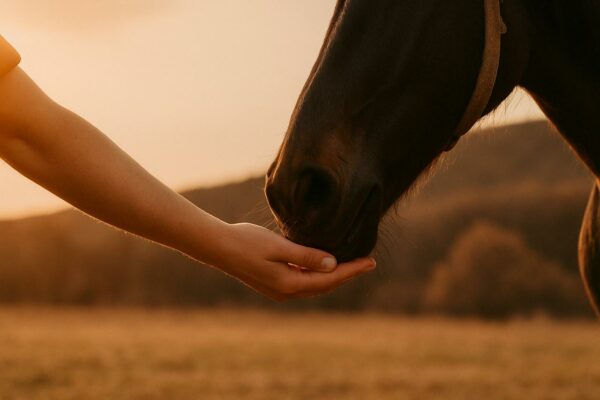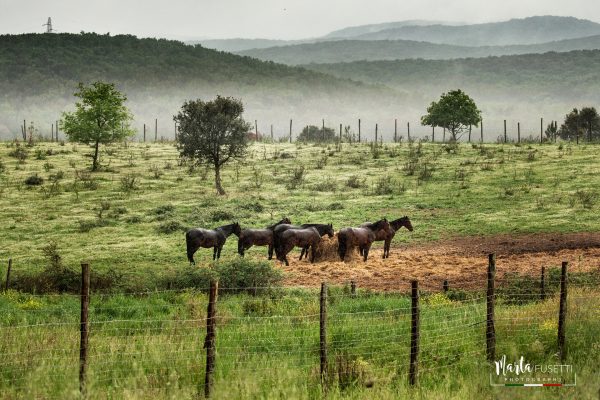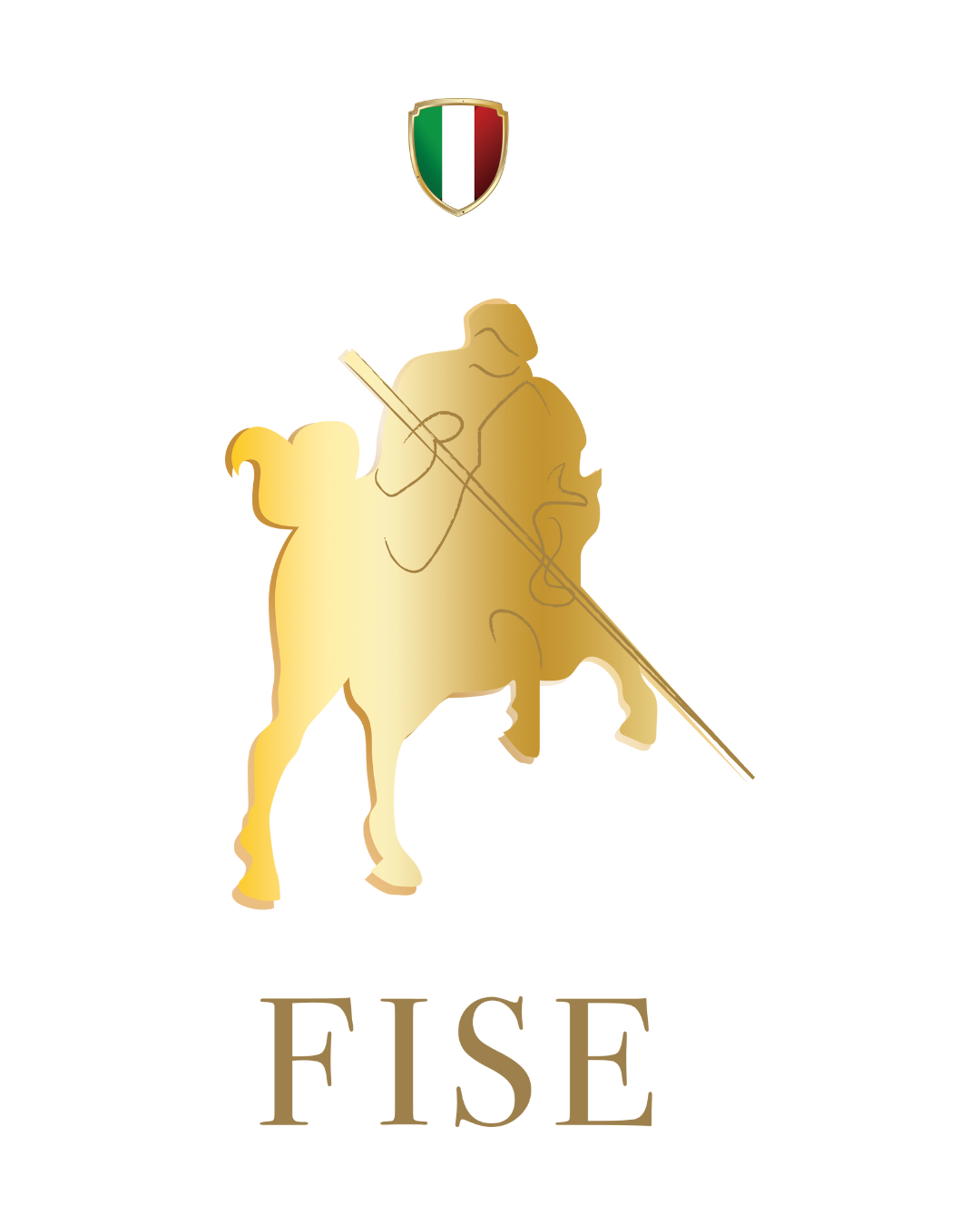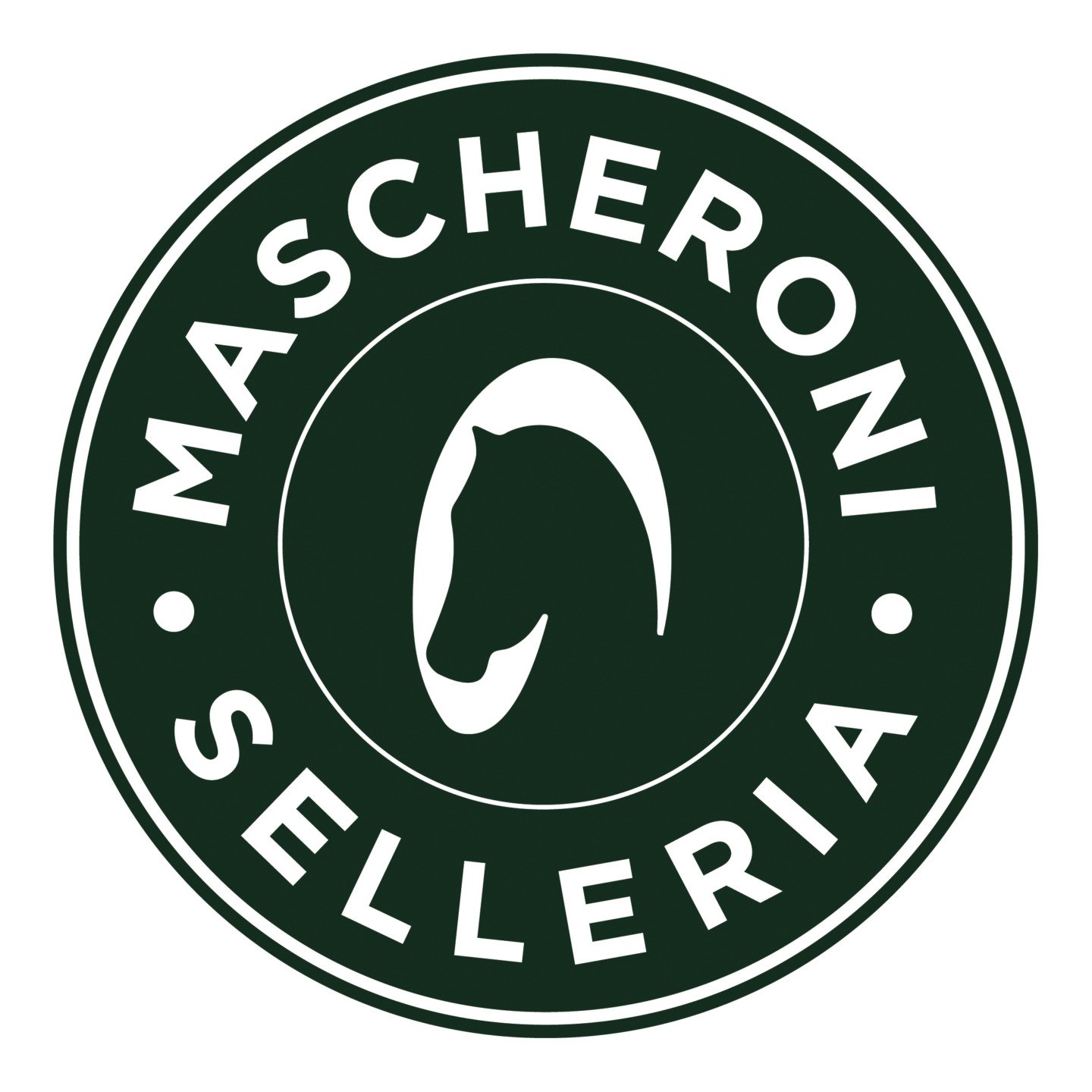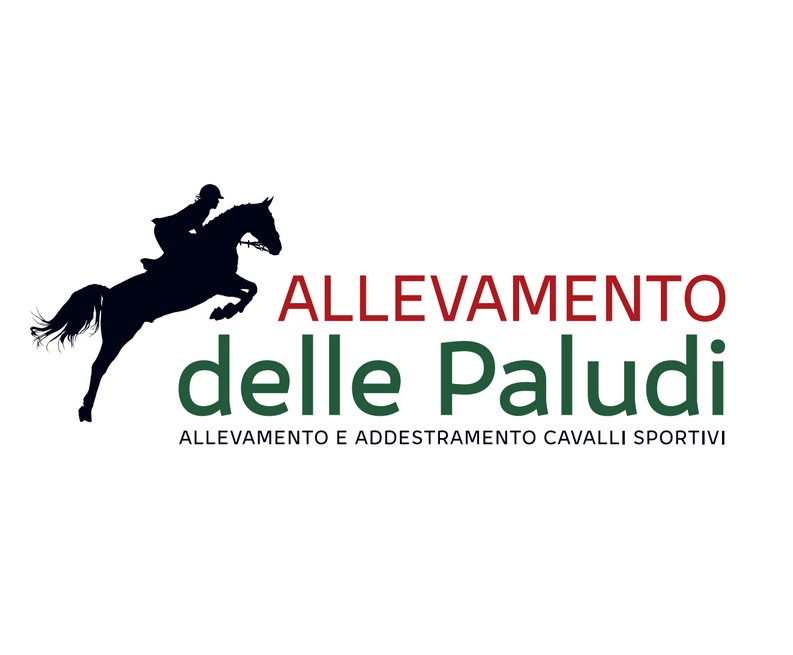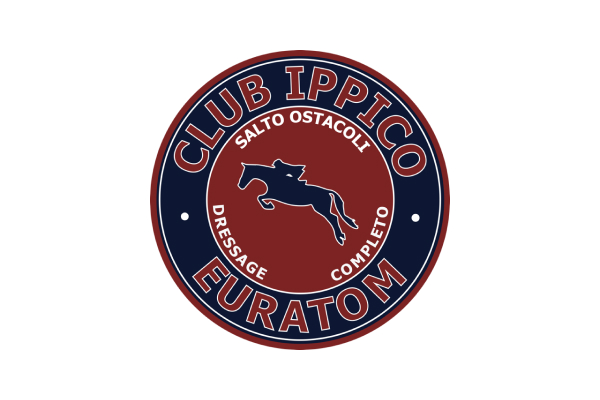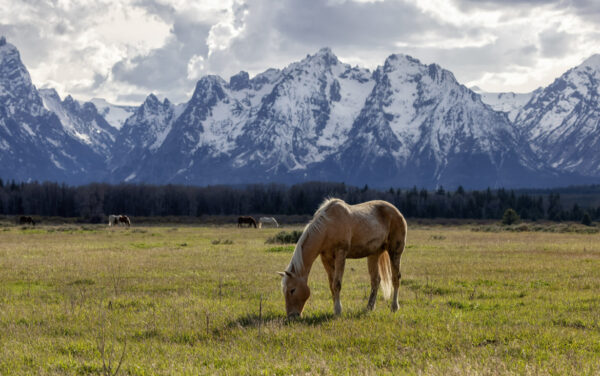
Horses in Tsarist Russia: from war to literature
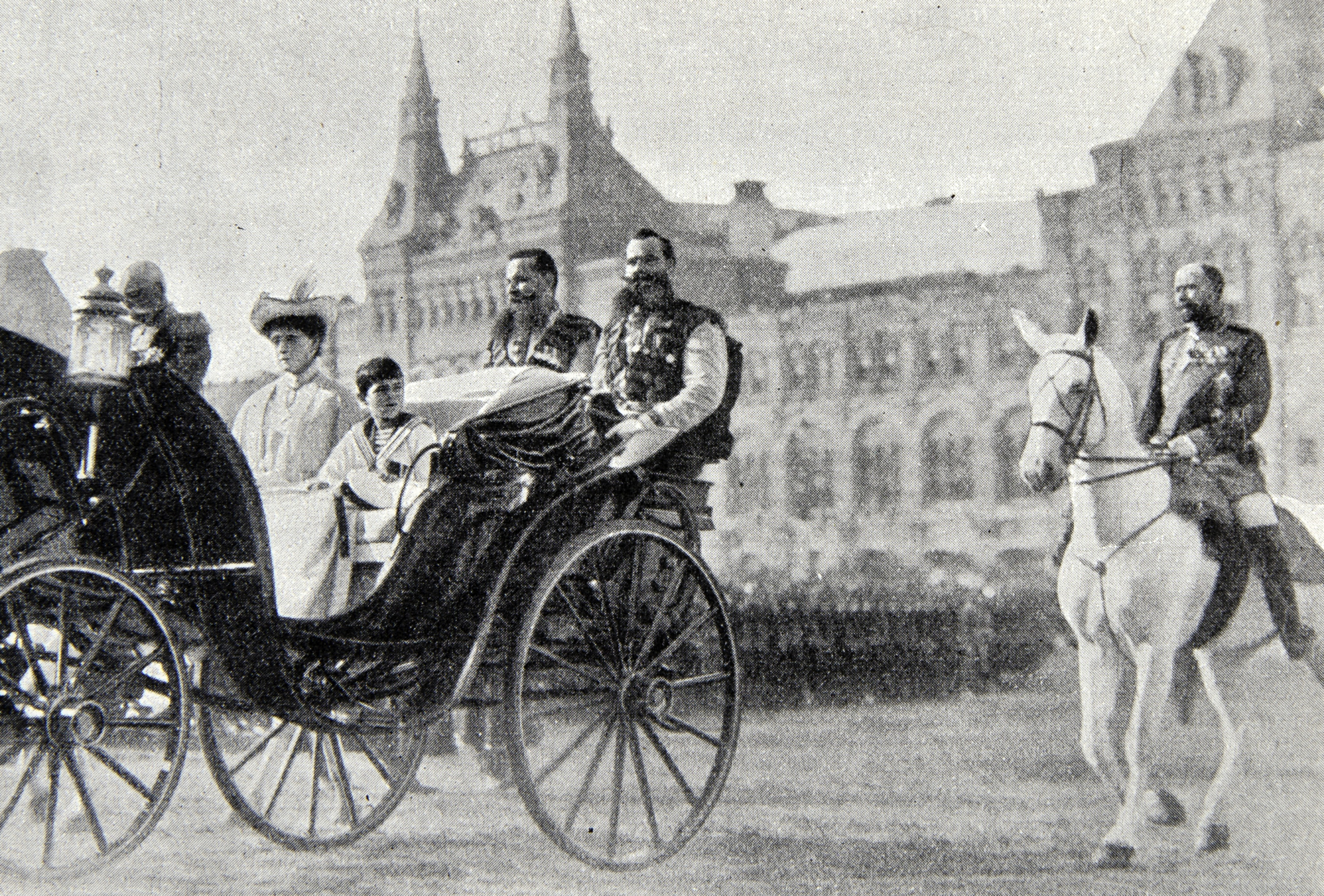
Tradition, Hierarchy, and Equestrian Culture in a Fading Empire
In Tsarist Russia, up until the eve of the 1917 Revolution, the horse represented far more than a means of transportation. It was an integral part of the imperial structure—an extension of the military, a cornerstone of the agricultural economy, a marker of social rank, and a symbol of aesthetic and cultural identity. In Russian life during the 19th and early 20th centuries, from the Don plains to the snowy expanses of Karelia, the horse featured in every sphere: from the everyday to the ceremonial, from warfare to literature.
In Russia, space is an absolute dimension. Before the arrival of railroads, crossing it required endurance, strength, and adaptability. More than any machine, the horse alone could connect the center to the periphery, the elite to the provinces, and power to the land.
The Language of the Horse: Two Words for a Single Animal
In Russian, there are two primary terms for horse: “лошадь” (lóshad’), used in a general, neutral, or colloquial sense, and “конь” (kon’), which carries a more epic, poetic, or military tone. The latter often appears in traditional literature and folk songs, where the horse takes on almost human or spiritual qualities.
“Kon’” is the horse of the heroes of the byliny, the ancient oral epic poems of Russia: an intelligent, sometimes speaking companion bound to the rider’s destiny. This dual linguistic register reflects a dual cultural view of the horse in Russia—as both a functional tool and a noble, almost sacred creature.
Imperial Breeds: Selection, Function, Identity
The Orlov Trotter: Genetic Precision and Aristocratic Prestige
Developed in 1776 by Count Aleksey Orlov at the Khrenovoe estate, the Orlov Trotter was the first true Russian trotter. Orlov bred a tall, elegant horse with a strong, regular trot by crossing Arabian stallions with Danish, Friesian, and Mecklenburg mares. Intended for the lightweight carriages of the aristocracy, it soon became a symbol of prestige in the imperial cities and was widely used in trotting races, which gained popularity from the mid-19th century until the Great Revolution.
The Don Horse: Essence of the Cossack
In southern Russia, along the banks of the Don River, a breed emerged that would become the backbone of the imperial light cavalry. The Don horse, the product of spontaneous crossbreeding among Tatar, Turkish, and local horses, was known for its hardiness. Compact, with strong limbs and an independent temperament, it could travel long distances with minimal forage and water, adapting well to dry, windy climates.
Extensively used by the Cossacks, who allowed their horses to roam semi-freely for long periods, the Don horse was the perfect steed for mobile campaigns, capable of withstanding both battle and retreat.
Mountain and Siberian Breeds: Geographic Adaptation
The Kabarda, bred in the highlands of the Caucasus, was a mountain horse—robust and muscular, cold-resistant, with naturally hard hooves that often required no shoeing. The Karachai, from the same region, shared these traits: exceptional balance, a short but steady stride, and surefootedness on rocky slopes.
In southern Siberia, local breeds like the Altai horse stood out for their adaptation to extreme conditions. Smaller and stockier, they were used for transport and survival in the frozen steppes, with a metabolism suited for enduring long periods of scarce resources.
Horses and Their Functions: Military, Agricultural, Ceremonial
Tsarist Cavalry: Order and Spectacle
The Imperial Guard Cavalry, established under Peter the Great and restructured by Catherine II, represented the elite of the Russian army. Regiments like the Hussars of the Guard or the Cuirassiers were composed of noblemen, and the horses—selected from internal studs and imports—had to meet strict aesthetic and functional criteria. Maneuvers, parades, and ceremonial missions required horses that were both docile and powerful, with smooth gaits and elegant profiles.
The Amazon Regiment, a short-lived ceremonial female guard created under Empress Elizabeth, showed how horsemanship was also considered part of noblewomen’s education.
Cossacks and Equestrian Strategy
Cossacks, organized into atamans and armed villages known as stanitsas, were simultaneously a police force, auxiliary army, and peasant class. The Cossack horse was considered a member of the family, trained from birth for responsiveness and cooperation.
Their ability to move rapidly across vast distances proved decisive in many campaigns—from the Caucasus to Manchuria. They rode with semi-rigid or no saddles and minimal tack. Their riding style was instinctive, dynamic, and often acrobatic—later imitated in circuses and imperial theaters.
Horse and Agriculture: The Engine of the Land
In rural life, the horse was a vital force and essential asset. Draft breeds were used for deep plowing in the rich chernozem (black earth) of Ukraine as well as for transporting harvests. In villages, the horse was associated with fertility, fortune, and the natural cycle. In many parts of central Russia, weddings were celebrated with processions of horses adorned with ribbons and colorful fabrics, often accompanied by ritual songs.
Tack, Harnesses, and Farriery
Harness as a Statement of Rank
Imperial cavalry tack was richly decorated. Black leather bridles, headstalls adorned with the double-headed eagle, and gilded buckles were crafted by specialized artisans, often inspired by French and Viennese designs. The ceremonial harnesses of the imperial troika were even more ornate—braided collars, enamel-plated breastplates, and bronze fittings.
Nobles from regions like Tula, Tambov, or Vladimir often commissioned custom harnesses with heraldic engravings or local motifs. Each horse had its own personal kit, recorded in stable ledgers.
Farriers and Veterinary Care
The trade of the ‘’kuznets’’ (farrier) held a prominent role. In cities and noble estates, farriers were also responsible for hoof hygiene, preparing stable grounds, and treating bites, sores, and navicular disease. The first equine veterinary institute opened in Moscow in 1840, training the empire’s first equine veterinarians, some of whom served at the Moscow racetrack and in military campaigns.
Shoeing followed seasonal criteria: in winter, grooved or studded horseshoes were used for traction on icy cobblestones. In rural areas, shoeing was often avoided to preserve the hoof’s natural wear.
Horse and Russian Culture
Literature and Iconography
Nineteenth-century Russian literature is filled with the presence of the horse. In Tolstoy’s novels (Anna Karenina, War and Peace), the horse is both a tool and a psychological mirror for the characters. In Turgenev’s stories and Chekhov’s dramas, the animal is a silent yet vivid presence, part of the human landscape.
In art, painters such as Viktor Vasnetsov, Ilya Repin, and Vasily Surikov depicted knights, rural scenes, and historical episodes where the horse appears as a figure of power, labor, or heroism.
Folklore and Spirituality
In folklore, the horse is laden with symbolism. In many regions, it was believed that horses could see spirits. White horses were used in noble funerals, black ones in protective rites. In some farming communities, horses were adorned with amulets to ward off the evil eye.
In folk songs, the horse is often the protagonist—as in the famous ballad “Конь” (Kon), a 20th-century song that evokes a time when rider and horse were inseparable, even in death.
A Lost Legacy, Never Forgotten
With the 1917 Revolution and the fall of the Empire, the Tsarist equestrian world vanished rapidly. Stables were confiscated, many breeds were dispersed or repurposed for collective draft work. The cavalry, though maintained in some Red Army divisions, lost the central role it had played for centuries.
Yet in Russian culture—from place names to fairy tales, from proverbs to heraldic symbols—the image of the horse lives on, a symbol of an ancient Russia balanced between land and history, elegance and necessity.
Sources
• Archive of the Central Moscow Hippodrome (Центральный московский ипподром) – Race records, Orlov lineage registers, stallion catalogues (1850–1916).
• Ministry of Agriculture of the Russian Empire, Statistics on Livestock Resources, Moscow, 1905.
• Illustrated Catalogue of Horse Breeds of the Russian Empire, St. Petersburg, 1912.
• Diaries of Count Aleksey Orlov, manuscripts preserved in the Russian Historical Library, Moscow.
• O.A. Lesnikova, Horse Breeding in Russia in the 18th–19th Centuries, Moscow, Rosinformagrotekh, 2006.
• E.E. Ustinova, Veterinary Medicine in Russia before 1917, St. Petersburg, 2010.
• Isabel de Madariaga, Russia in the Age of Catherine the Great, Yale University Press, 1981.
Alessia Niccolucci
© Rights Reserved.





.png)

